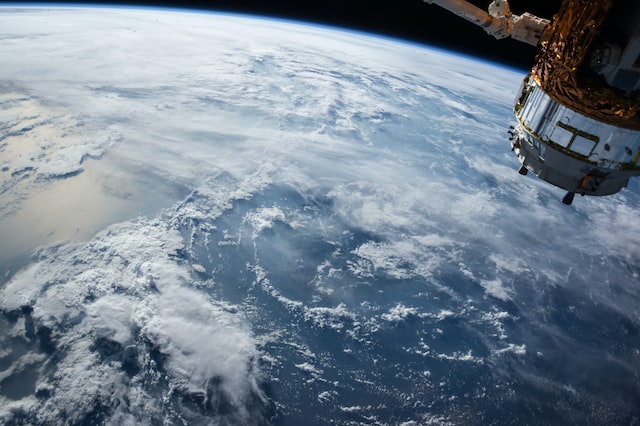Ottawa – The Honourable François-Philippe Champagne, Minister of Innovation, Science and Industry, has announced that Canada will contribute to the Atmosphere Observing System (AOS) mission led by NASA. Canada’s contribution is estimated at more than $200 million. Currently slated to launch in 2028 and 2031, this major multi-satellite mission will improve extreme weather prediction, climate modelling, and monitoring of disasters.
Extreme weather events are increasing in frequency and intensity. The dynamics of our planet’s atmosphere are changing. We need better environmental prediction to support adaptation and climate resilience. The AOS, including its Canadian contribution, will measure aerosols and clouds, and how they interact to impact Earth’s weather and climate.
Canada’s contribution to the AOS is the High-altitude Aerosols, Water vapour and Clouds (HAWC) mission. It consists of two Canadian instruments on a Canadian satellite and a third instrument on a NASA satellite, all planned for launch in 2031. These innovative instruments will provide critical data, enabling Canadian climate scientists and weather forecasters to better understand and predict extreme events, like severe storms, floods, droughts and poor air quality conditions. HAWC and AOS data will be fully accessible.
Thanks to early investments from the Canadian Space Agency in concept studies and technology development for these instruments, Canada was well positioned to take part in this important climate science mission. Canadian collaborators in the HAWC mission include a coast-to-coast consortium of universities, Environment and Climate Change Canada, Natural Resources Canada and the National Research Council of Canada.
Canada’s contribution to the AOS mission supports the implementation of Resourceful, Resilient, Ready: Canada’s Strategy for Satellite Earth Observation, which describes how Canada will take full advantage of the unique vantage point of space to address climate change and other key challenges of our time.
Quick facts
- Global Satellite Earth Observation revenues are expected to grow from just over US$3 billion to over US$7 billion over the next decade. For the industry and non-profits, the use of satellite EO and geospatial information has been estimated to contribute $20.7 billion in productivity improvements to the Canadian economy annually.
- The Intergovernmental Panel on Climate Change reports that uncertainties in the representation of aerosol-cloud processes and their interactions with radiation in Earth System Models are the main source of uncertainty in climate change projections.
- The AOS mission will optimize how we examine links among aerosols, clouds, atmospheric convection, and precipitation. It will provide unique insight into the vertical structure and movement of aerosols, clouds and precipitation in our atmosphere.
- Led by NASA, the AOS team includes the Canadian Space Agency, JAXA (Japan), CNES (France) and DLR (Germany).
- The Canadian university consortium includes 13 universities across the country: University of Saskatchewan, University of Toronto, Université du Québec à Montréal, McGill University, University of New Brunswick, Université de Sherbrooke, University of Waterloo, Wilfrid Laurier University, St. Francis Xavier University, Saint Mary’s University, University of Victoria, Western University and Dalhousie University.
“Canada has always played a key role in international space programs, helping to find solutions to global challenges. Today’s more than $200 million announcement builds on those successes with our participation in NASA’s AOS program. It also speaks to our commitment to harnessing science and research to address climate change, natural disasters, and other issues that are important to Canadians.” – The Honourable François Philippe-Champagne, Minister of Innovation, Science and Industry









